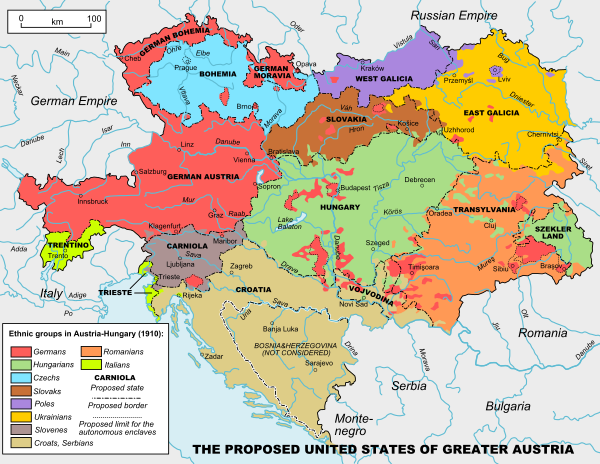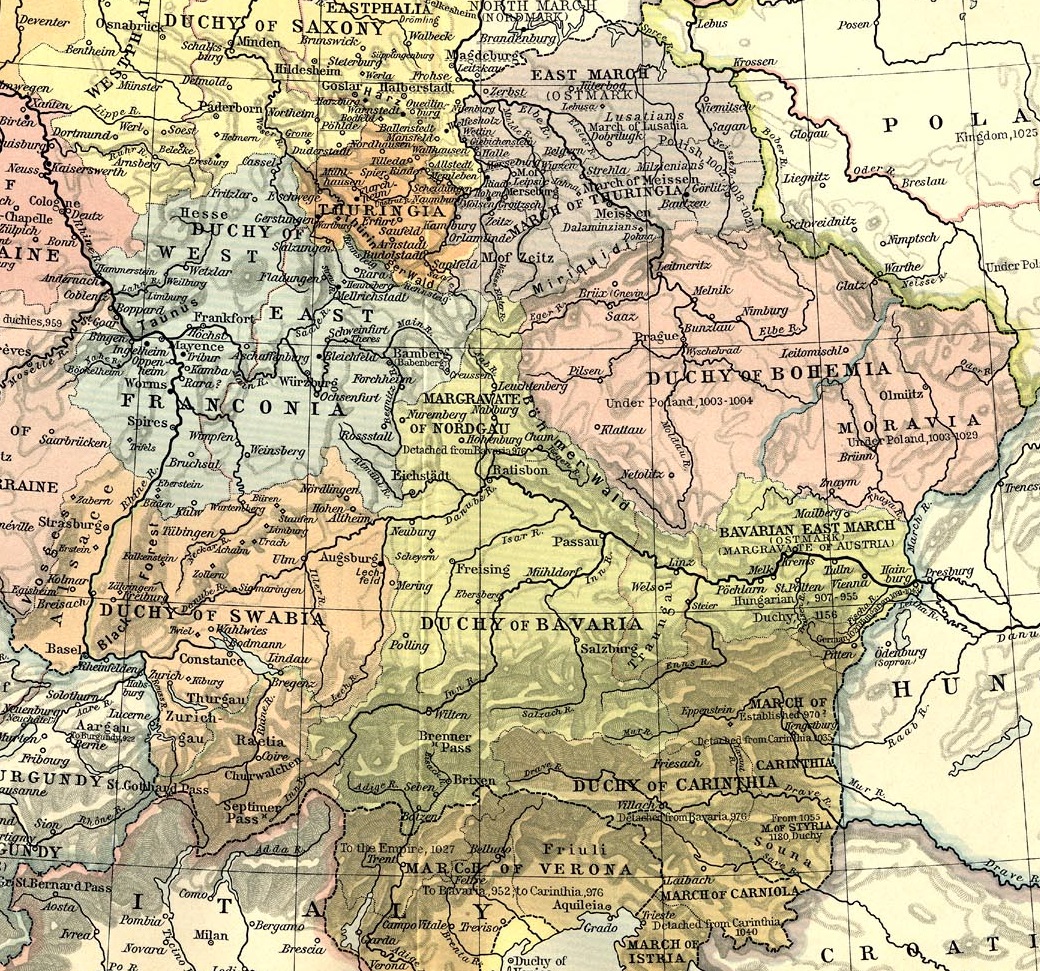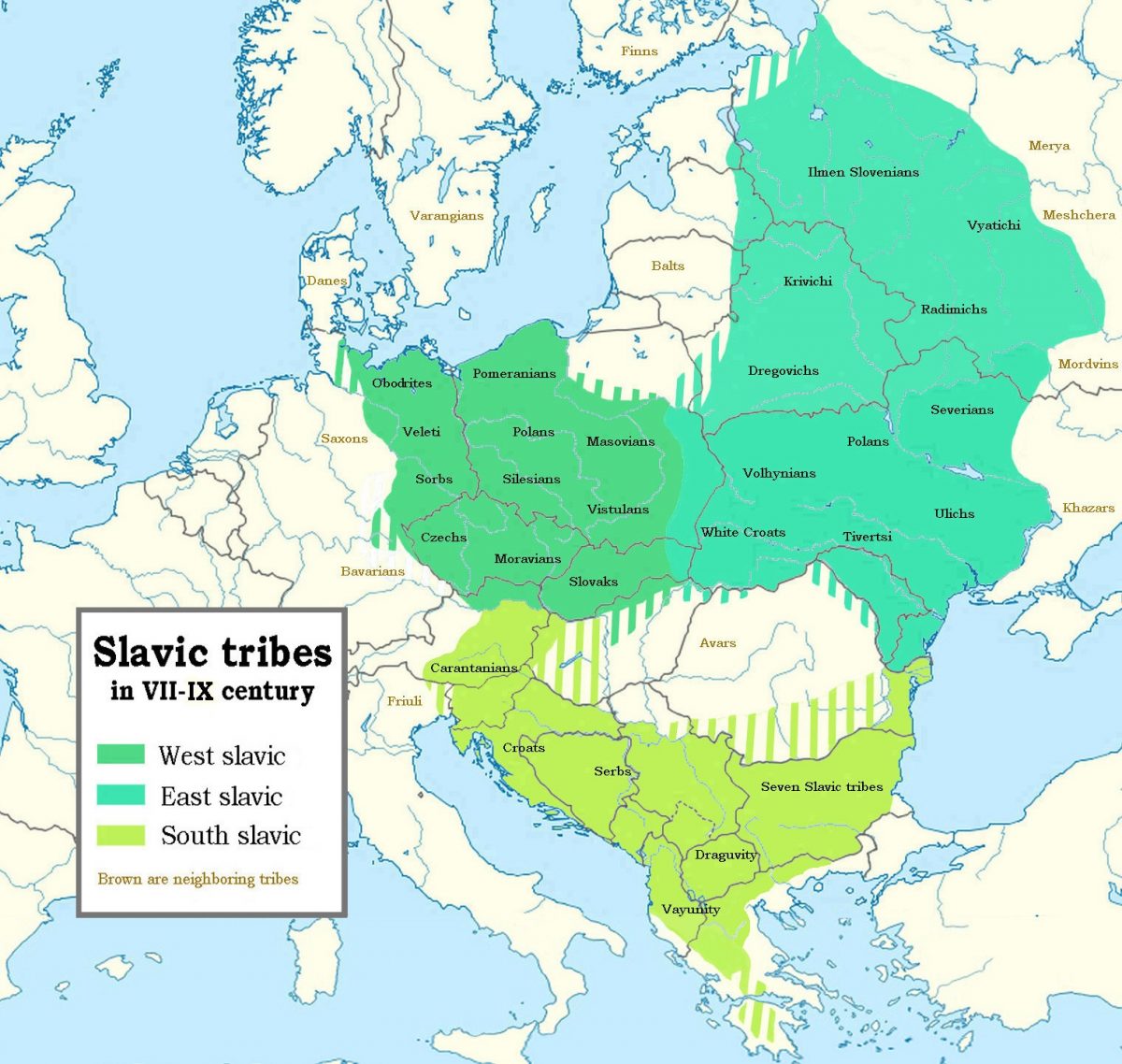As the Frankish Empire expanded, the medieval eastward migration and settlement of German speaking people from the Holy Roman Empire extended as far as Transylvannia. At the beginning of the 20th century, these medieval settlements had become eastern provinces of the German Empire or the Austrian Empire

The flight from the East to more industrialized regions began during the 19th century and continued with the creation of ethnically homogeneous nation states in Central and Eastern Europe after 1919, but substantially in 1945.
Younger children of noble families were free to migrate to participate in the medieval eastward migration. Settlers were invited by local secular rulers and monasteries and granted estates and privileges. Towns were founded and granted German town law. Cistercian monks would erect an abbey, and call in settlers to clear and cultivate the land. Generally settlements were in bands from west to east and different German dialect groups expanded eastward. Franks settled the central regions through Thuringia to Silesia. When there was a Slavic settlement in the vicinity, the new German one was distinguished by Groß- (“large”) and the earlier settlement by Klein- (small): Großhettstedt and Kleinhettstedt, Großgölitz and Kleingölitz.

